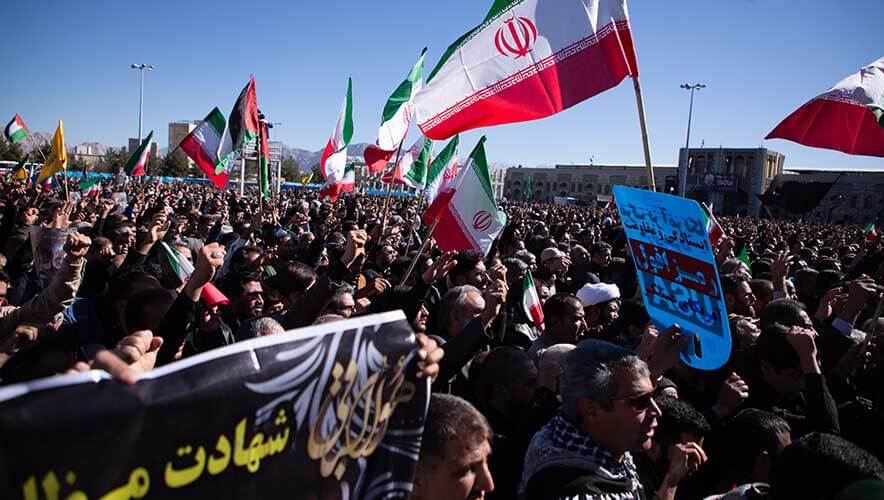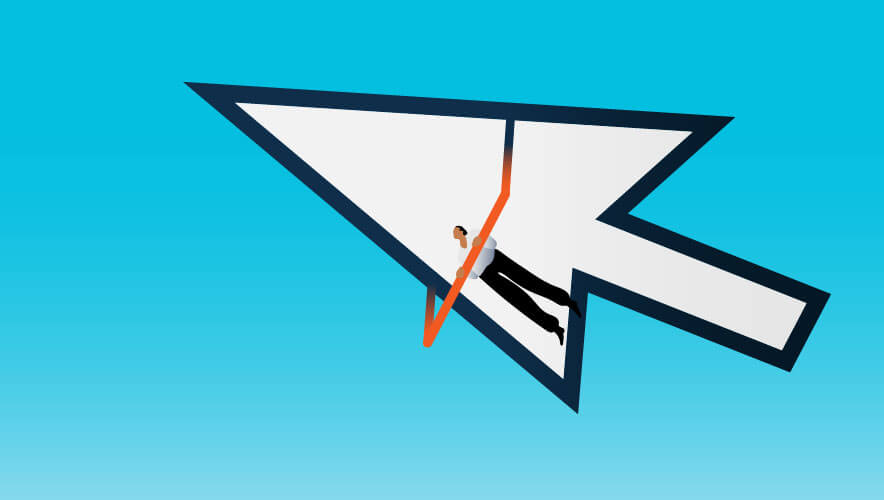Islamic State Claims Credit for Twin Explosions in Iran
The Islamic State (ISIS) claimed responsibility for the two explosions in Iran that killed at least 84 people during a memorial for an Iranian commander assassinated in a 2020 U.S. drone strike.
The explosions, which ISIS says were caused by two members wearing explosives, occurred on 3 January, while hundreds of people, some of them Shiites, were gathered at a cemetery in Kerman—where Commander Qasem Soleimani is buried. Solemani, who once led one of the five branches of the nation’s Islamic Revolutionary Guard Corps, was also an opponent of ISIS for years, as well as American troops in Iraq.
The explosions did not occur simultaneously, and Iranian authorities reported that the bombs were detonated remotely and roughly 15 to 20 minutes apart. The delay between blasts is a familiar tactic that militants have employed to try to amplify damage—targeting anyone providing aid to victims of the initial explosion.
Iran’s deputy interior minister for security Majid Mirahadi said that bodily remains of the suicide bombers were recovered at the blast site.
The first blast was roughly 1.5 kilometers (about 1 mile) away from Soleimani’s burial site, while the second happened roughly 2.7 kilometers (1.68 miles) away, according to state news agency Irna. Officials speculated that the locations for the explosions were selected to avoid the security perimeter established for the commemoration, according to the Associated Press.
Along with those killed by the blasts, at least another 284 people were reported as injured. Iran’s health minister Bahram Einollahi told news outlets that because many of those wounded were in critical condition, the death toll could increase, according to The Guardian.
The attack is considered the deadliest the nation has experienced since the 1979 Islamic Revolution.
ISIS, a militant Sunni Muslim group, issued a statement through its channel on the messaging service Telegram on 4 January claiming responsibility. “Islamic State considers the Shia branch of Islam to be heretical and has targeted shrines and religious sites in Iran previously,” CNN reported.
Iranian officials previously suspected that Israel was responsible for the attacks. Israel did not comment on the explosions, but tensions between Israel and other countries in the region are high. Multiple strikes against leaders of Hamas and the Revolutionary Guard, “as well as attacks on shipping in the Red Sea by Iranian-backed rebels in Yemen known as Houthis, have raised concerns about the Israel-Hamas war escalating into a wider regional conflict,” the AP reported.
At a mass funeral service held on 5 January for the victims of the explosions, Iranian officials and state television services tried to link Israel and the United States to the explosions. “Iranian President Ebrahim Raisi and the top commander of Iran’s paramilitary Revolutionary Guard sought to make the link without offering evidence for their claims,” the AP reported. “The gathered crowd in front of flag-draped caskets shouted in response: ‘Death to America!’ and ‘Death to Israel!’”











